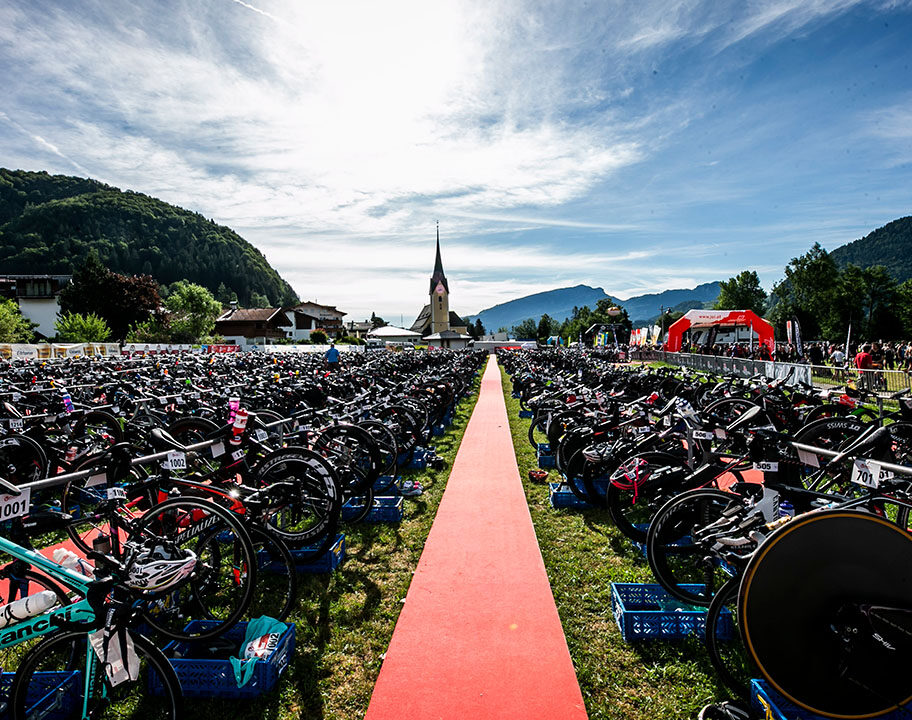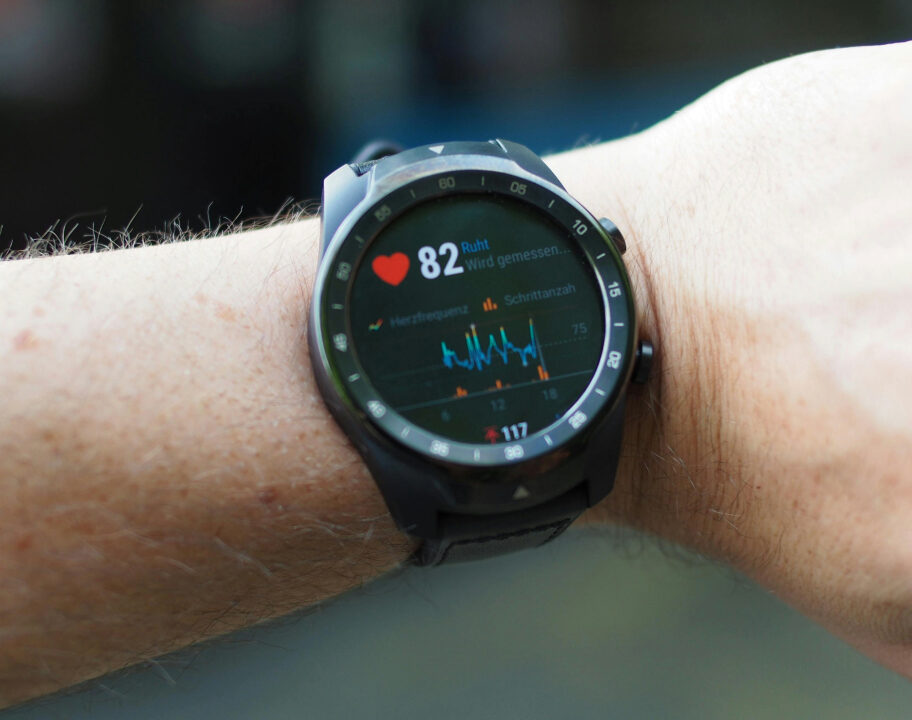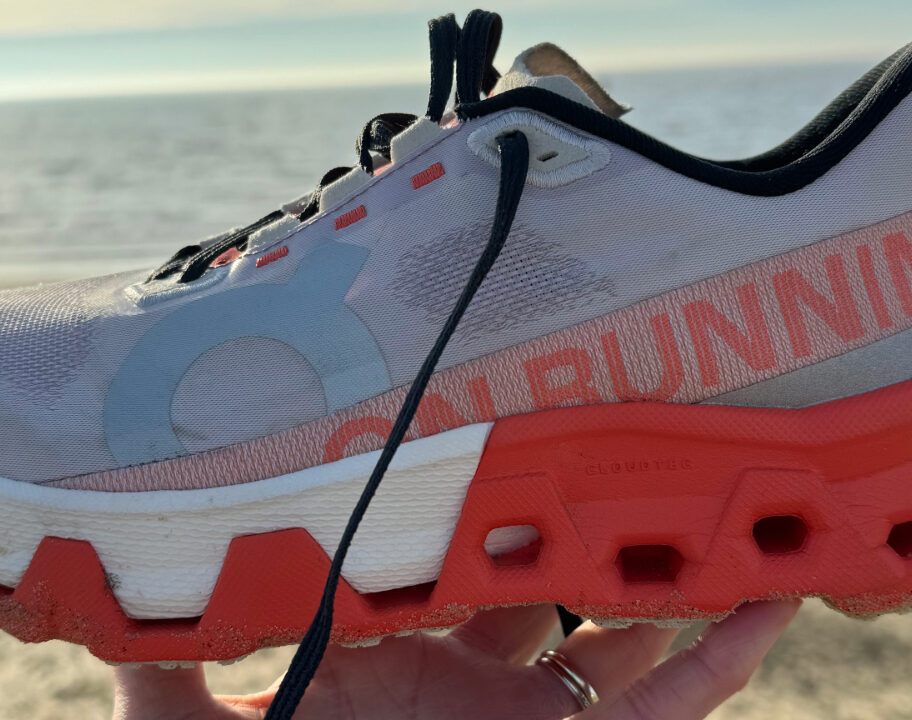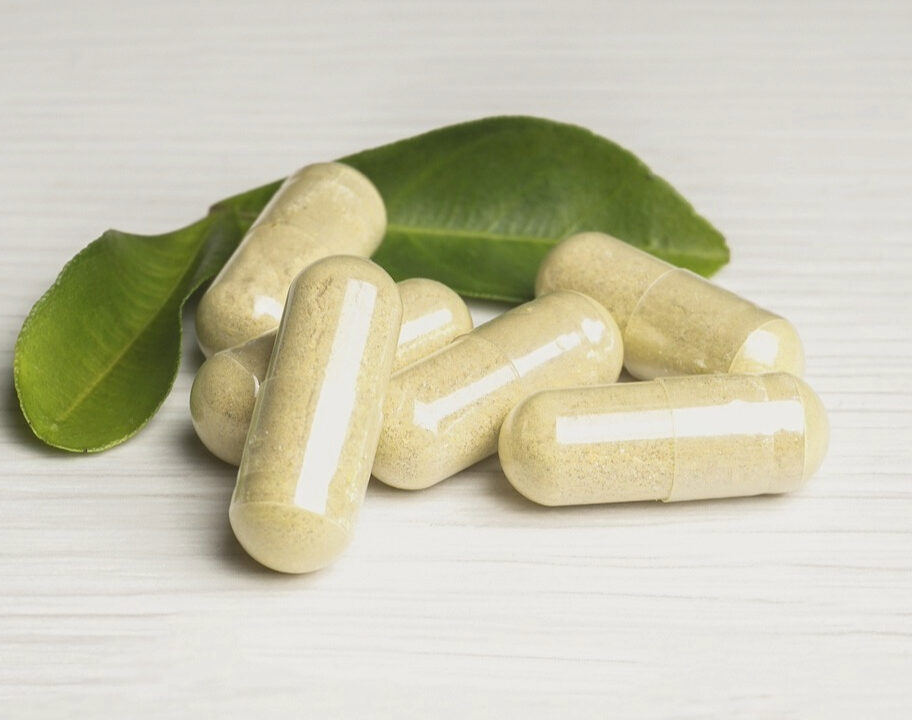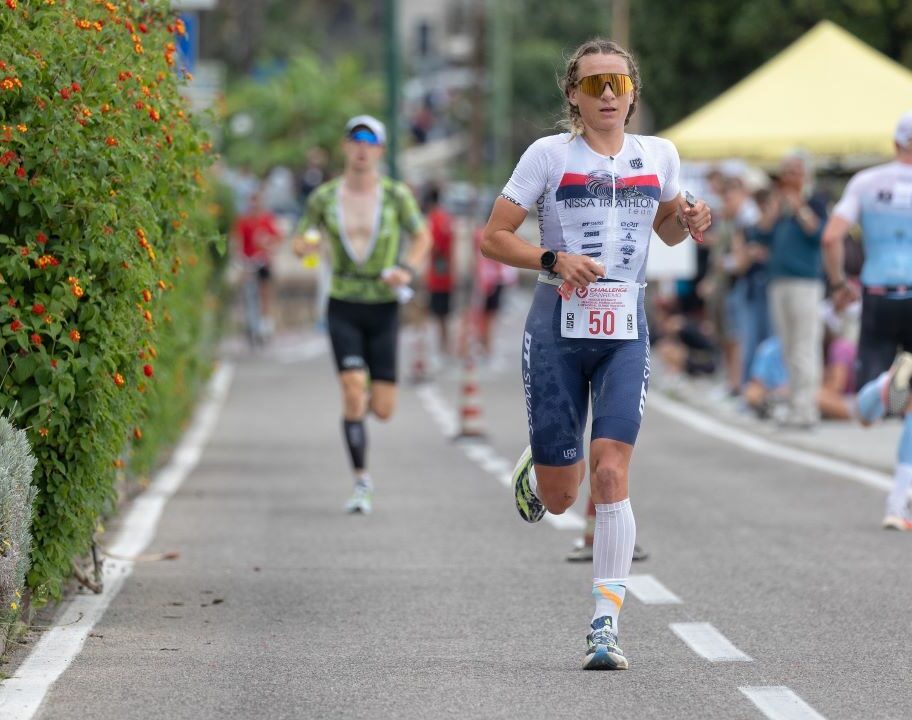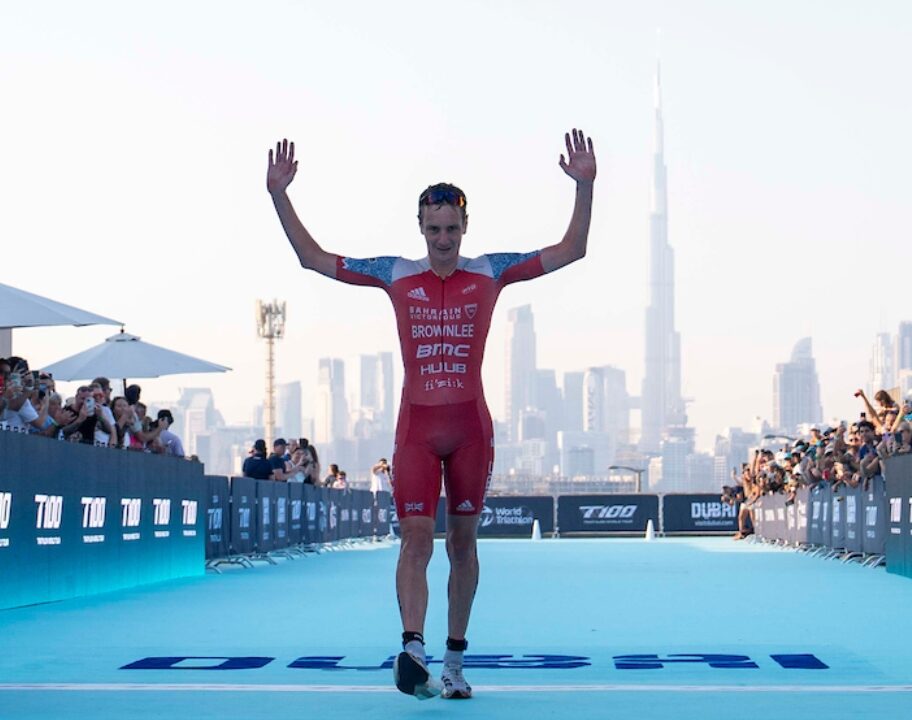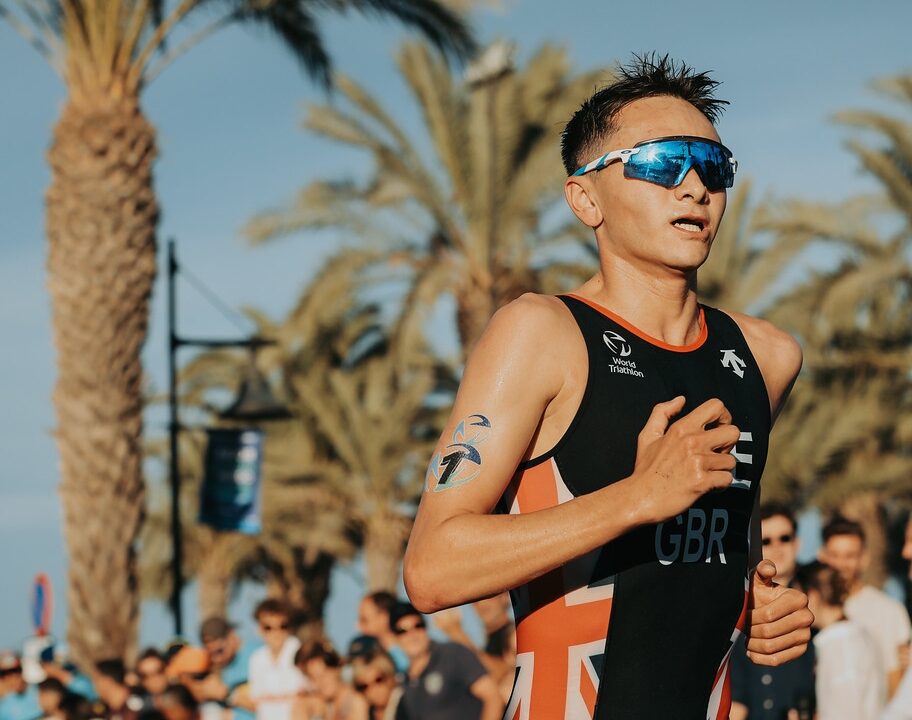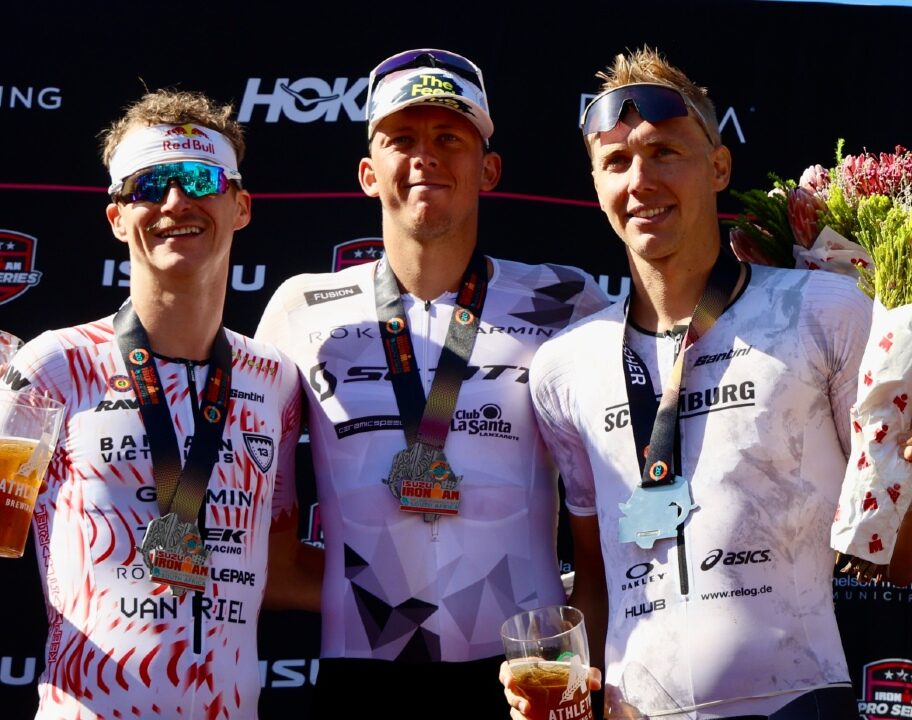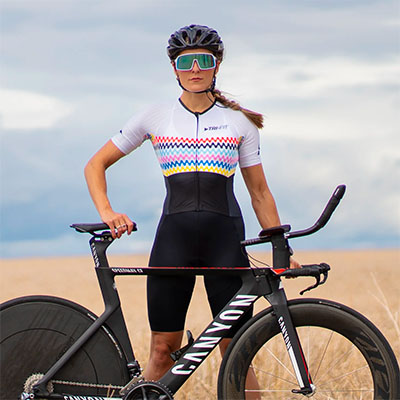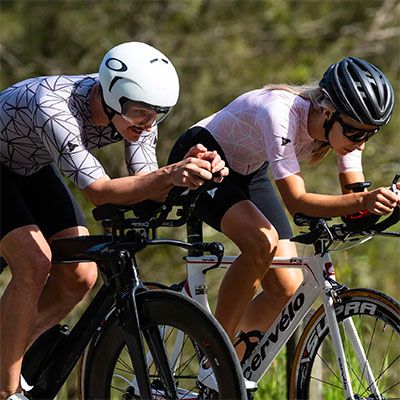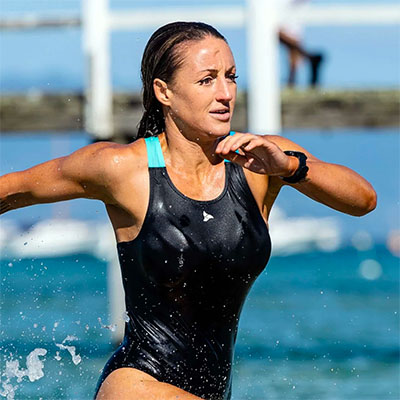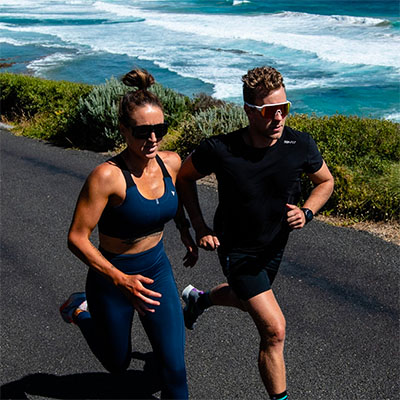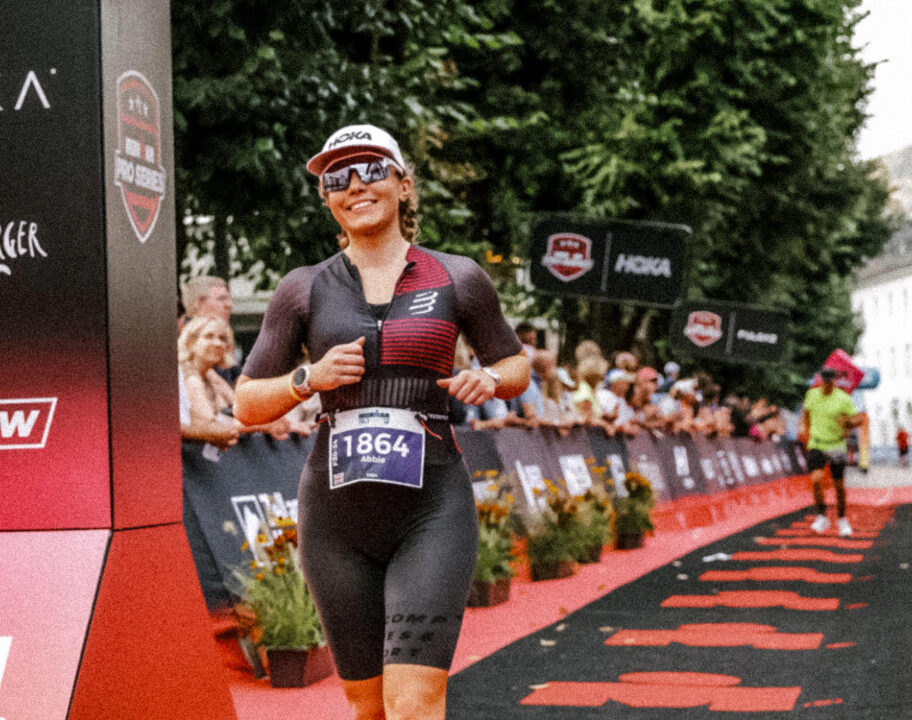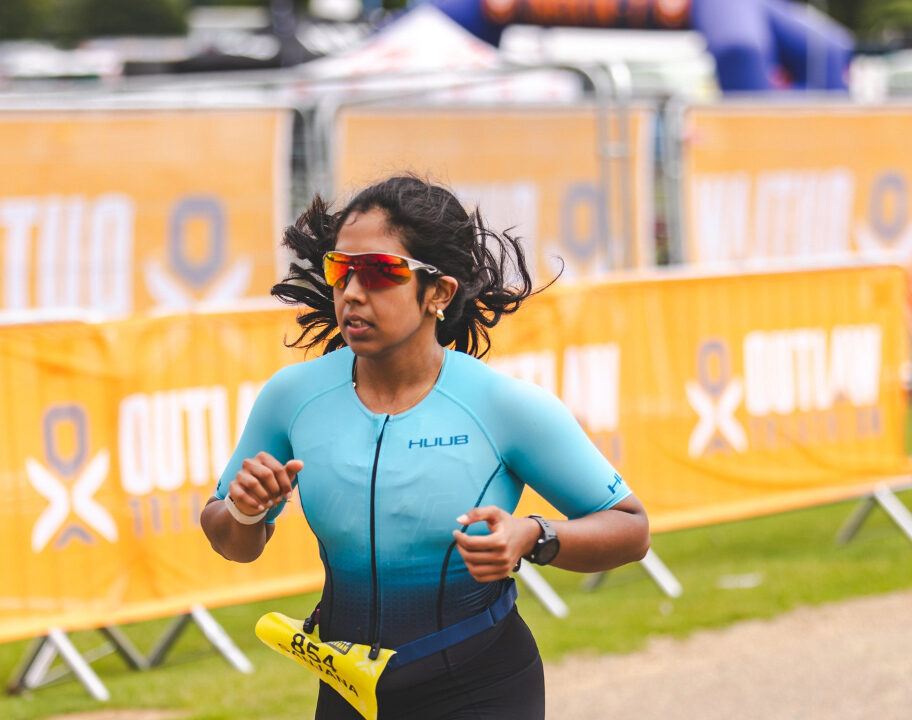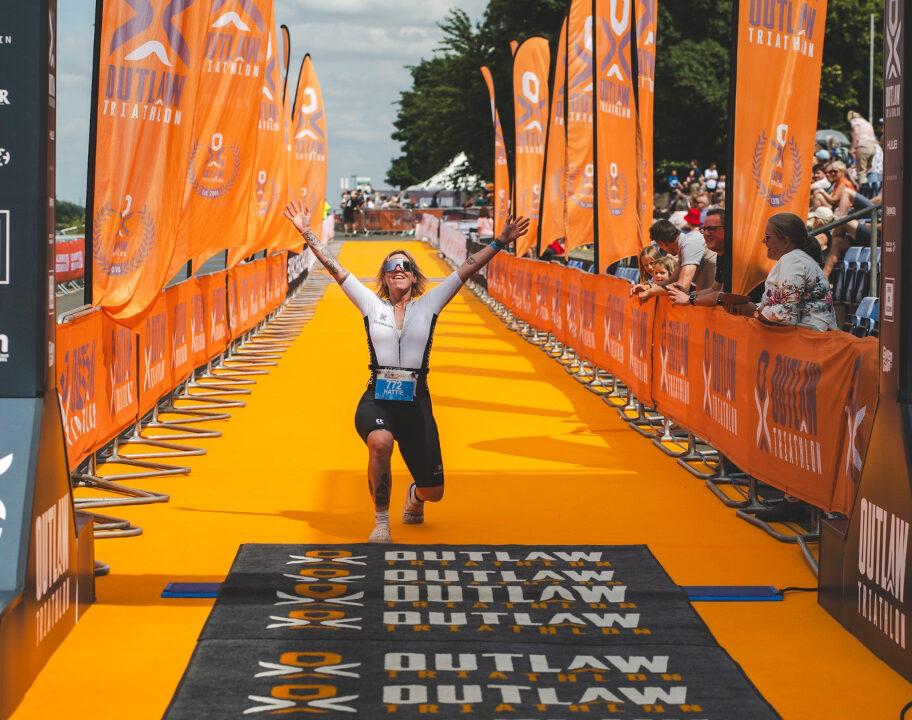Top US triathlete Matthew Marquardt detailed the realities of being a professional sportsperson after receiving a visit from the United States Anti-Doping Agency (USADA) this week.
Organisations across the globe such as USADA play an important part in keeping performance-enhancing drugs out of professional sport.
And Marquardt, a medical student at the Ohio State University College of Medicine, gave his followers on Instagram a idea of the process involved when the doping control officials knock at the door.
Unexpected dinner guest
“When a dinner for two becomes an evening for five with Doping control officials,” joked the PTO world number 26.
“This week I had a visit from USADA to conduct a random blood and urine drug test. This is something that isn’t talked about a ton and I can’t show a lot of exact details, but I thought it would be good to explain a little about what happens.
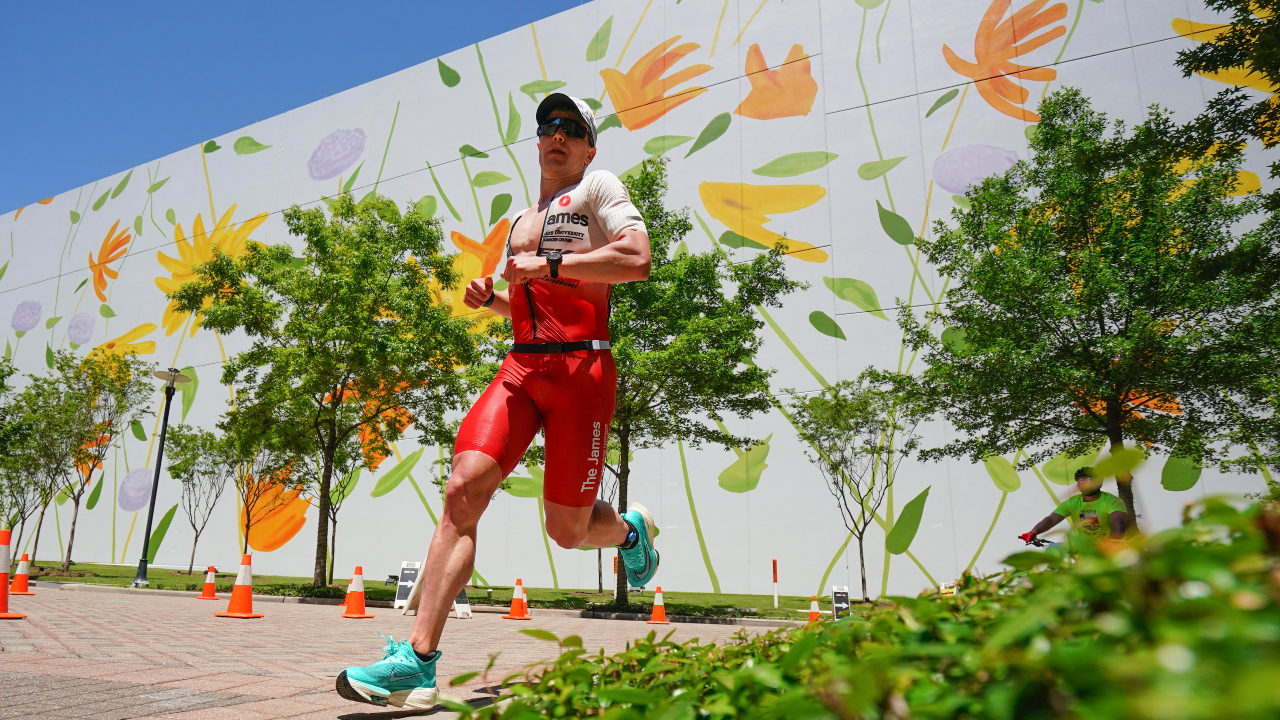
“Three people showed up un-announced to my apartment during the one hour time slot I indicated I would be home that day. Normally they are in and out within 30 minutes but since I had just worked out, we had to wait about 90 minutes so that I was >2 hours since my last training session before they could collect any samples.
“So we chatted a bit and then they hung out while I studied and they did some work, then they collect a little blood and some urine that was then immediately shipped out for analysis. They wouldn’t let me practice my venipuncture skills on myself and do my own blood draw though.”
Regular testing
Marquardt, the runner up at IRONMAN Lake Placid last season, added: “I have been in the IRONMAN random drug testing pool since 2023, and I would estimate this happens 7-10 times per year, so we are used to it at this point.”
Rather than bemoan his luck at the timing of his unannounced drugs test, the American sees going through the protocol as somewhat of an honour.
“It is always a privilege to be tested because one, it means I am relevant enough to warrant testing and two, it means that IRONMAN is doing their part to help keep the sport clean.
“Is there more that can be done? Absolutely! But you also have to think about the balance between cost and feasibility of testing more with the chances of catching someone in the act of doping.”


